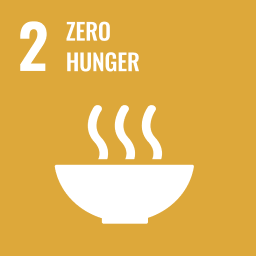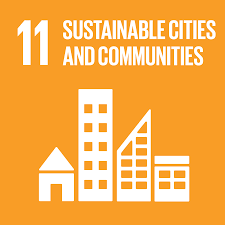The action and its aims
Rosario passed an ordinance (No. 6493/03) to create a municipal land bank as a mechanism for identifying land that is suitable for urban agriculture and assigning vacant land for food growing. Urban agriculture is also included in Rosario’s Urban Development Plan. The aim is to enable the landless urban poor to grow their own food and boost food security.
When it was introduced
The ordinance was introduced in 2003; the Urban Development Plan covered the decade from 2007 to 2017.
Why it was needed
The actions were necessary following Argentina’s economic crisis in 2001 that plunged 60% of Rosario’s population into poverty. Food growing became a popular way for residents to feed their families but many on low incomes lacked access to land. At the time, 35% of city-owned land was vacant.
Who initiated it, who is involved
Rosario’s Department of Social Promotion (which hosts the Urban Agriculture Programme, PAU) initiated a project on ‘Optimisation of the Use of Vacant Land in Rosario’, in cooperation with NGOs Pro Huerta and CEPAR and the National University of Rosario. The project led to development of the 2003 ordinance and inclusion of urban agriculture in the urban development plan; the latter was led by the Secretariat of Municipal Planning, which worked with international partners (FAO, IDRC).
Impacts to date
As a result of the municipal urban agriculture programme, in 2013 there were 400 urban gardeners in Rosario, and 22 hectares were under production. The total annual production was 95 tonnes of vegetables and 5 tonnes of aromatic plants.



